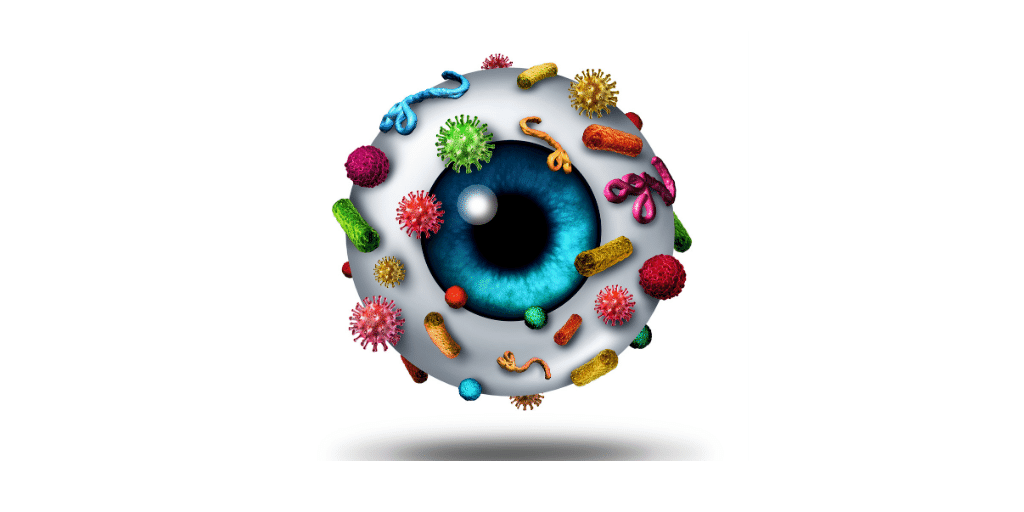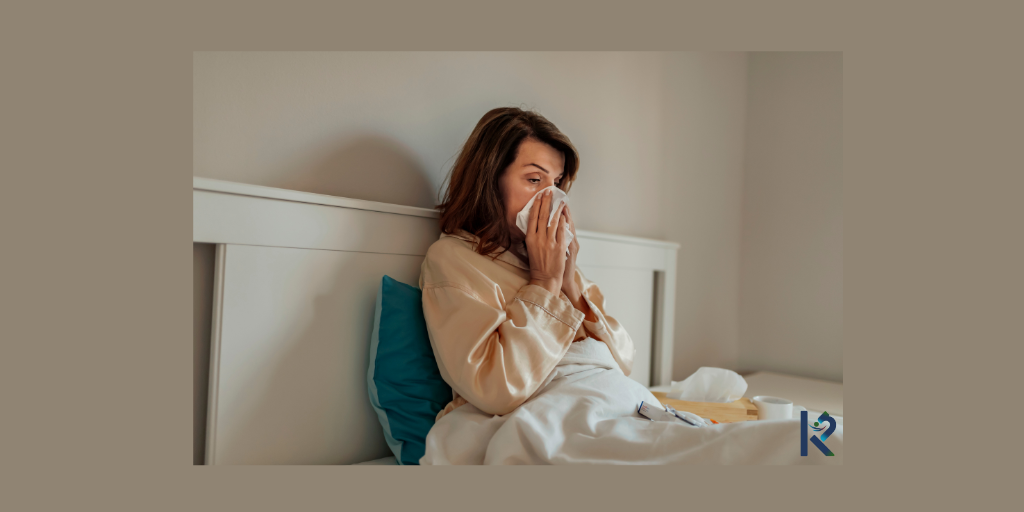Let’s get into the correlation between stress and styes, or begin to ask are eye styes caused by stress? Stress as we’ve previously written about can trigger a number of things including:
- Changes in behaviour
- Emotion
- Cognitive
- Physical
But by no means limited to. Here we explore the connection between stress and styes to evaluate whether the two can be connected. The trickle effect of stress is limitless so we want to provide some insight into stress on a deeper level to assess the link between the two.
What Causes Eye Styes?
Oftentimes styes are triggered by bacteria which infects the eyelashes and the follicles that sit within the eyelid glands. Bacteria such as Staph can trigger a stye to appear. The internal part of your eyelid can be referred to as an internal hordeolum.
A stye can cause pain in the eye and is a lump that develops on the eyelid. These bacterial eye infections can be triggered by stress which weakens the immune system. When your immune system is lowered you may be more open to infections, although there is no direct link to suggest eye styes are caused by stress, we do know that stress can factor in because of the weakening of your immune system. There are indeed other causes that can trigger a stye to appear including:
- Poor Hygiene
- Rubbing eyes with dirty hands
- Use of old contaminated makeup
- Hormonal changes
- Continuous use of contact lenses
- Medical conditions like diabetes
Styes are common, and considered to be an eye condition that can be treated. Usually treatment includes eye drops, warm compression(using warm cloth to soothe the eye). Medical assistance can be sought, such as antibiotics as well as consulting your doctor to surgically drain if you experience high pain and irritation. Diving into adequate habits around hygiene to reduce the possibilities of bacteria entering the eyes will help reduce the risk of getting a stye.
Understanding Stress:
In order to further understand, are eye styes caused by stress it is important to understand what stress is. Stress is a natural response to things that may be happening in our lives and is completely normal. There are instances that trigger us to become stressed such as changes in lifestyle commitments, trauma such as death, financial struggles, health issues, work pressures and relationship strains. Some stress can be used to motivate in order to take action and become more productive at work, in your studies, as well as using gratitude to align what's most important to you.
When stress is used as a way to motivate you, you may find yourself taking action and doing things that allow you to work smarter and not harder. In these instances stress can be positive and can trickle down into other areas of your life.
There are various types of stress including:
- Chronic
- Acute
- Episodic
- Traumatic
- Social
- Environmental
As well as post traumatic, and developmental stress. Although not all stressors are included in the above, these are some of the more common types of stress to look out for and take note of. Knowing the types of stress you may be experiencing can help to pinpoint if these stressors are emotional, behavioural, psychological, or cognitive.
Understanding stress means mapping out the impact on various aspects of our lives. Thing like emotional stress can trigger a number of emotions including:
- Anxiety
- Fear
- Anger
- Frustration
Things that are out of your control can aid these emotions as a response to the stress felt. Making it strenuous to make key decisions, communicate and even affect your concentration levels. If no action is taken to identify the cause we can find ourselves being depressed or even triggering mental illnesses.
When our behaviour adapts in a negative way in response to stress we can find that our eating habits change and become unhealthy, attraction to drugs and alcohol can increase to numb the pain felt for short periods of time. Sleeping patterns change, these then become coping mechanisms to deal with what’s going on.
The psychological response to stress means our body will release hormones such as cortisol and adrenaline which often increases the heart rate. Although adrenaline, if used positively can help improve your mental attentiveness, experiencing an adrenaline rush can have a great effect on your overall abilities helping you to master a stressful situation. The psychological effects of stress is where the term fight or flight comes in. Which is a response to the warning signs that stress may present. When stress becomes chronic it can have a negative response to dealing with stress, which can affect your health and lower the immune system. When this occurs eye styes, colds, blood pressure as well as heart disease and diabetes can be triggered.
Research on the Relationship Between Stress and Eye Styes:
Lets dig into the connection between stress and eye styes, eye styes are a common eye condition that many individuals experience. It is hard to say how many people in the UK suffer from this eye condition. This is because oftentimes when someone has been infected with a stye they go undetected as they are not reported. The NHS suggests that styes are mainly common within adults also backed by Cleveland Clinic based in Ohio.
With a stye being an infection located on the eyelid, the condition itself can cause redness, swelling and pain around the eye. There are a number of things that can trigger this, but are eye styes caused by stress? The simple answer is no, but we know there is a connection to stress being a contributing factor. Research from Dr. Aizman from Empire Retina Consultants suggests that an eye stye can appear every so often but has nothing at all to do with you being stressed. Instead they are the cause of a bacterial infection. However, several studies including the FASEB Journal 2017 study shows that stress hormones including norepinephrine can be transformed into dihydroxymandelic acid (DHMA). If this occurs then germs can enter the body therefore becoming susceptible to an infection. Gut linked lymphoid tissue acts as observers to your immune system in everyday instances. Concluding that there could in fact be a link but not the main cause.
Another study by MedicineNet indicates that stress can interfere with healthy sleeping patterns reducing the chances of your body fighting infections such as styes. Often when people get eye styes on a regular basis they report higher levels of stress and anxiety compared to individuals who have yet to experience this eye infection. So although not the main cause eye styes can be brought on by individuals trying to handle very stressful moments. Health Reporter indicates that eye specialists believe elevated amounts of stress can be a contributing factor to experiencing eye styes.
A stye can be triggered by a change in sleeping patterns this is usually caused by stress, this change can holt your body's ability to fight off infections according to the National Library of Medicine.
Can Styes be Caused by Stress?
Although not the only factors, research shows that stress can be a contributing factor to the development of styes. This is mainly caused by the weakening of the immune system which in fact makes it easier for infections to grow from bacteria that enters the oil glands on the eyelids. It is said that stress can escalate inflammation in the body which can then contribute to the development of a stye.
Managing Stress and Eye Styes:
There are various ways to reduce the risk of getting eye infections that cause a stye to appear. By managing stress and taking care of your hygiene standards. Here are some ways to help reduce the risks of eye styes;
- Keep active - Finding ways to enjoy being active can help reduce your chances of getting an eye infection such as styes. Think about yoga, running, long walks, meditation and breathing exercises these will promote relaxation you may find useful.
- Sleep - Getting enough sleep each night is important, a lack of quality rest and sleep can contribute to stress levels.
- All important hygiene - Getting into the habit of washing your hands and body regularly, avoid touching your eyes and face. Reducing bad habits will have an impact and prevent the spread of bacteria which will reduce the risk of a stye.
- The stye is here - Try using warm compression with a clean flannel, or small cloth to the affected area to help soothe and reduce the stye sooner rather than later.
- Get help - Doctors are here for a reason so seek medical advice if you experience redness, swelling or soreness in your eye. A professional will be able to provide treatment that will help you overturn your eye stye.
Conclusion:
In conclusion there are many factors that prompt eye styes including hygiene, rubbing and touching your eyes frequently, health conditions such as diabetes. Symptoms to look out for are redness, swelling and pain around the eye. Taking steps to manage stress and participating in good hygiene can help lower the evolution of an eye stye and overall eye health.
We now know that in addition to stress other factors play a role in developing a stye. The main thing is to manage your stress levels to keep your immune system at a healthy level, and seek assistance if you experience a stye forming to get the appropriate treatment to ease the pain. More often than not a stye is caused by bacteria so keep your hands clean and try not to touch your face.




